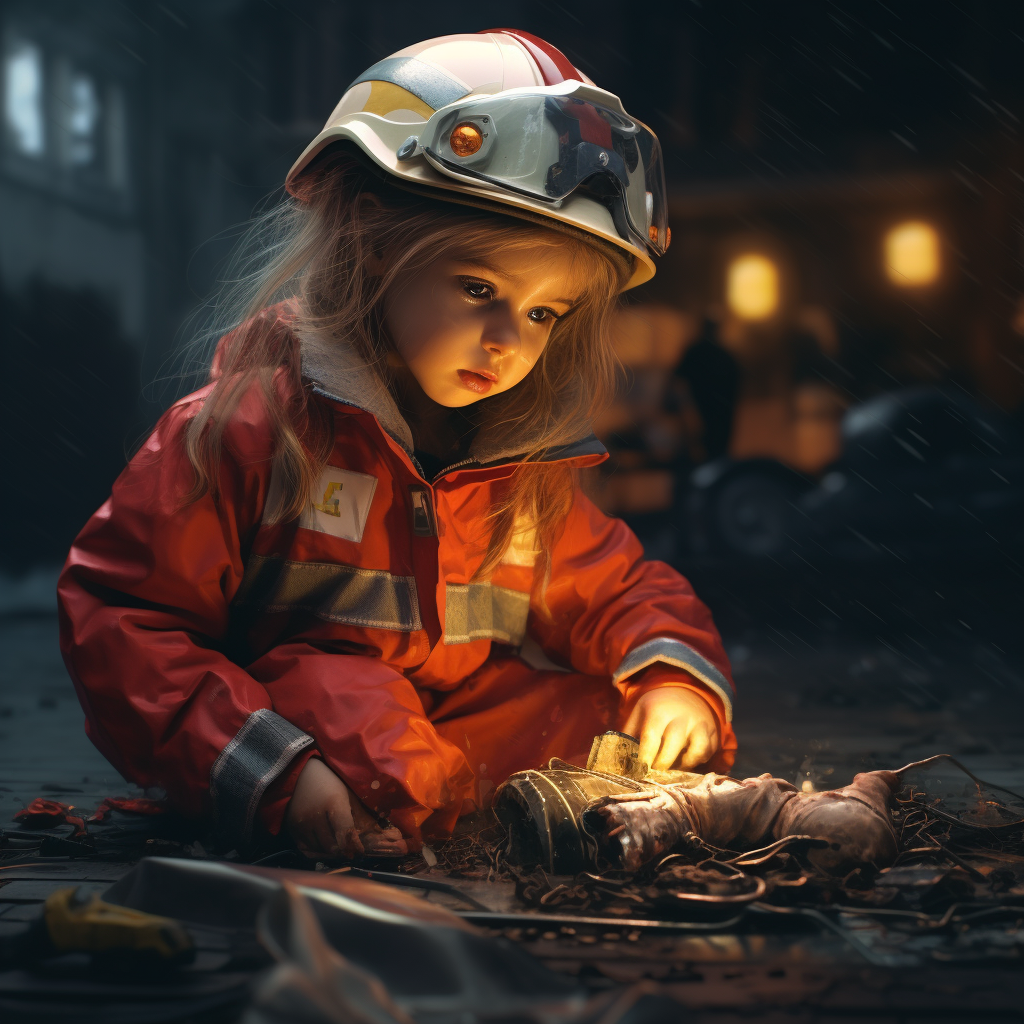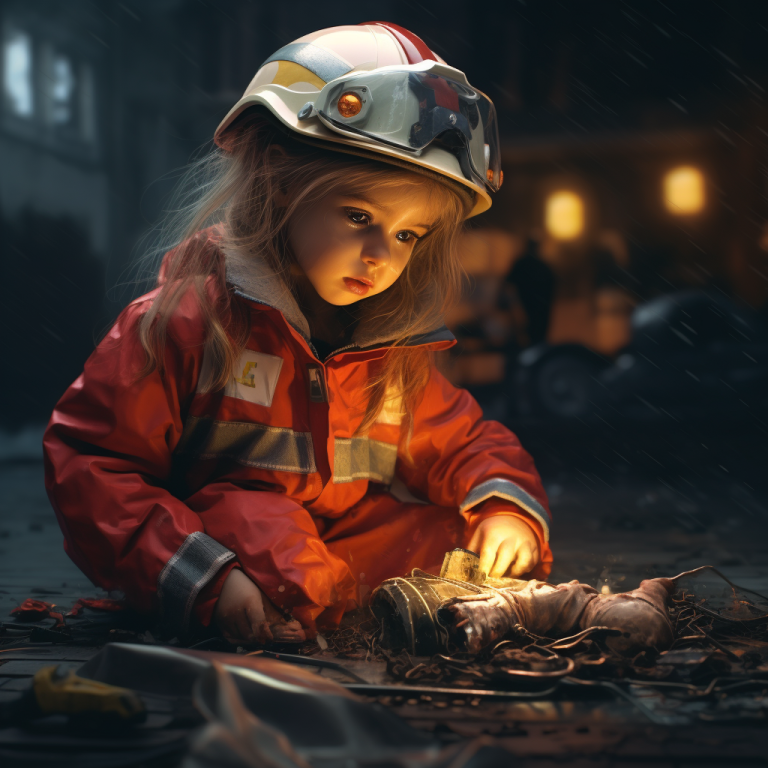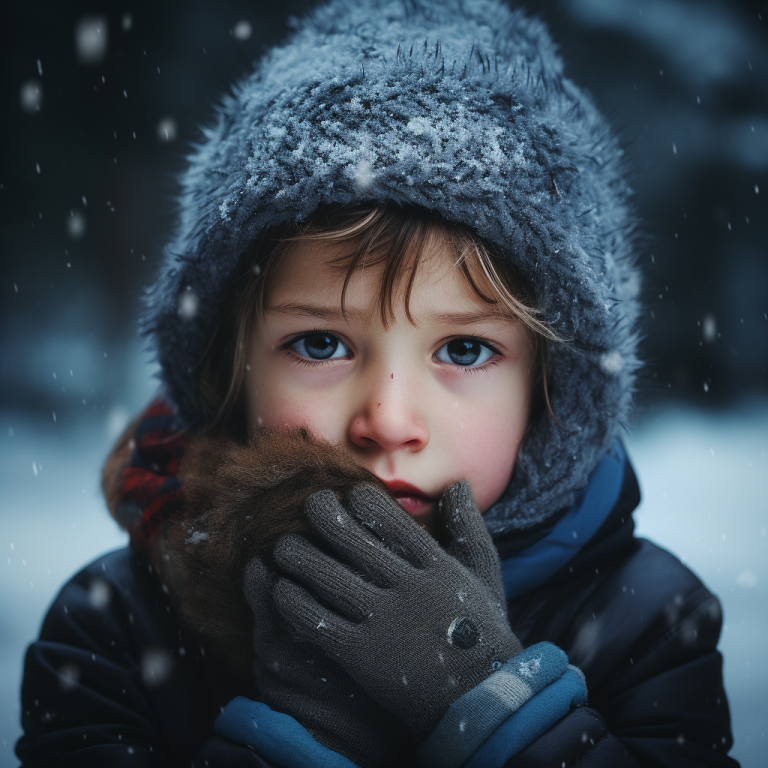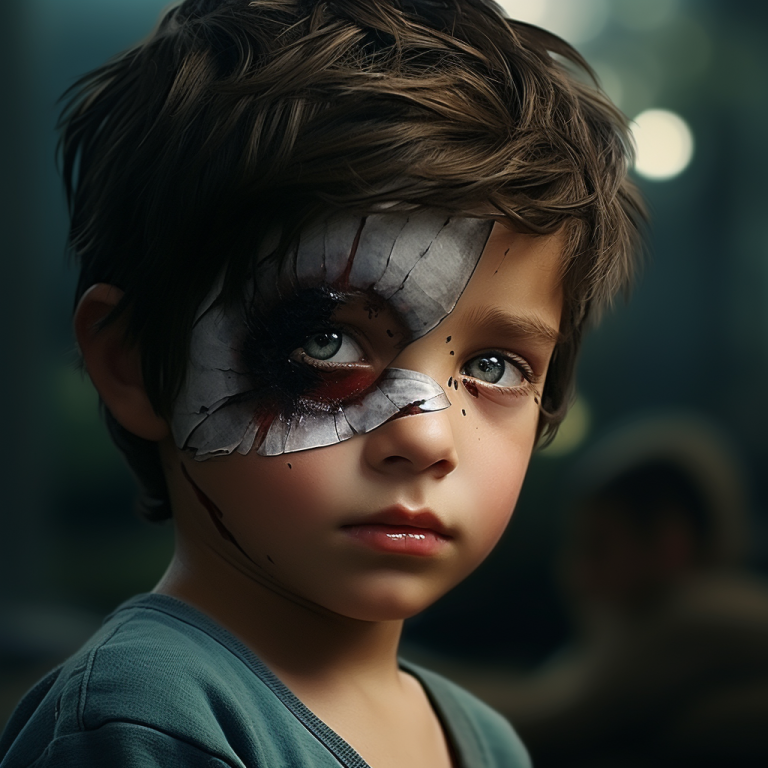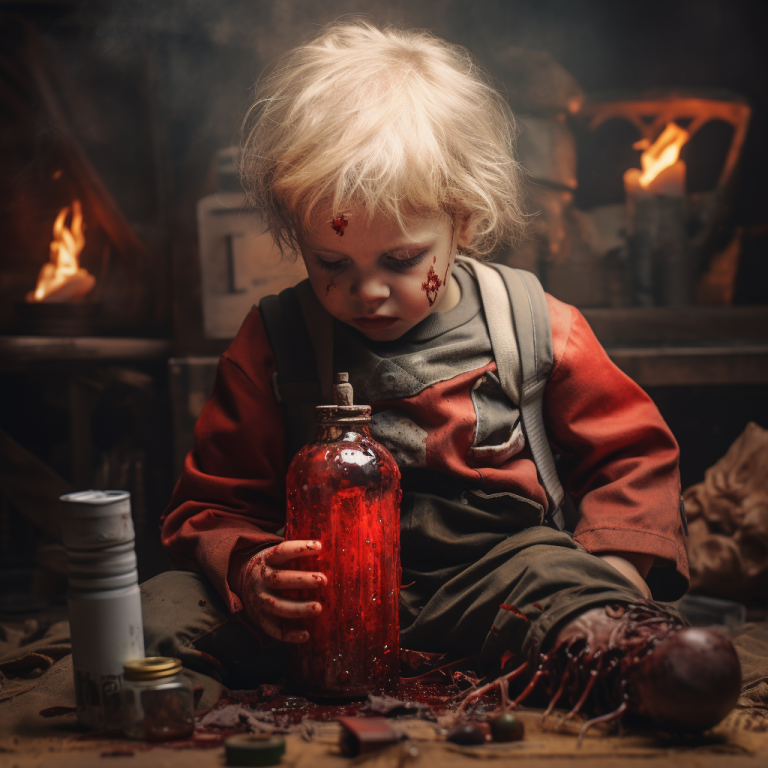When a child sustains a wound, it is important to treat it promptly and properly to avoid infections and complications. Here’s how to manage various types of wounds:
Types of Wounds:
Abrasion (Scrapes)
- The outer layer of the skin is scraped or grazed.
- These usually look worse than they are and can be treated with basic first aid.
Scratch and Bite Wounds
- These often come from animals or other children.
- These types of wounds are prone to contamination and should always be evaluated by a doctor to prevent infection.
Cuts (Lacerations)
- These wounds usually bleed a lot, which can help wash away some germs.
- Cuts caused by knives, meat, or can edges may contain more germs, so medical attention is important.
Gashes or Tears
- These tend to bleed heavily but usually stop bleeding after a short time.
- They may require medical closure, depending on severity.
General First Aid Measures:
- Stay Calm and Reassure the Child
- Keep the child as calm as possible. Children often mirror adult anxiety, so remaining composed helps.
- Work Cleanly to Avoid Infection
- Ensure that your hands are clean or wear gloves to avoid contaminating the wound.
- Stop the Bleeding
- Most minor wounds will stop bleeding on their own after a short period.
- For severe bleeding, cover the wound with a clean cloth or bandage and apply pressure to stop it.
- For moderate bleeding, use disinfectant and cover the wound with a sterile bandage.
- Wound Cleaning and Dressing:
- For minor wounds, clean with a mild antiseptic and apply a clean bandage.
- Avoid using harsh disinfectants (like alcohol) on large or deep cuts, as it can damage tissue further.
Specific Wound Types and Treatments:
Severed Body Parts (Amputations):
- If a body part is completely or partially severed (like a finger, hand, or arm), immediate medical attention is critical. A proper and prompt replantation may restore function.
Steps:
- Stay Calm and prevent further panic.
- Examine the Injury carefully.
- Stop Bleeding: Press clean, sterile dressings on the bleeding site.
- Apply Pressure if possible with a sterile bandage or dressing.
- Find the Severed Body Part: If a part (like a finger or hand) is missing, do not clean it. Simply wrap it in a clean, sterile cloth and place it in a sealed plastic bag.
- Cool with Ice: Place the wrapped part in a cool (but not direct ice) environment—fill a larger bag with cold water and ice.
- Call Emergency Services (112) immediately.
Important Note: Always take the child’s vaccination card to the hospital, as tetanus may need to be considered.
Puncture Wounds (e.g., from scissors, knives, or broken glass):
- Puncture wounds are tricky and can lead to deeper infections, especially from sharp objects or contaminated items.
Steps:
- Stay Calm and reassure the child.
- Do not remove the Foreign Object: Removing a foreign object can sometimes lead to more bleeding.
- Stabilize the Object: If the object is large, try to stabilize it by gently tying the area with a clean cloth.
- Seek Immediate Medical Attention: Go to the nearest hospital or call emergency services for assistance.
Important Note: Always bring the vaccination card to the hospital for potential tetanus treatment.
Additional Tips:
- For Major Bleeding: If the bleeding is uncontrollable or if the wound is deep, apply firm pressure, keep the child calm, and get medical help immediately.
- For Bites and Scratches: Always check for signs of infection (redness, swelling, warmth). If there’s any sign of infection or the wound is deep, consult a doctor.
- For All Wounds: Always clean the wound, apply an antiseptic, and cover it with a sterile bandage to reduce the risk of infection.

